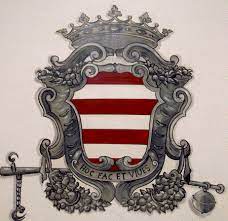 |
The illustrious and historic Carafa Della Stadera family, those of the predicate of Andria, S. Lorenzo, Noja, Tortorella and Montecalvo. The forefather was Tommaso, descendant of another more ancient Neapolitan family: the Caracciolo. The Marquises of Tortorella belonged to the Carafa branch of the Stadera da Napoli. Their coat of arms had a red background crossed by three horizontal silver bands, with a natural iron steelyard, and engraved with a motto: ” Hoc fac et vives ” (Do this and live – from the gospel of Luke 10:28). |
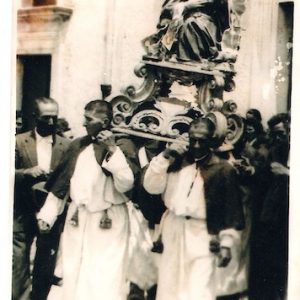 |
The religiosity of our parish community has seen a strong development in the course of its history, so much so as to create four brotherhoods, one of which is still active in our parish.
– The Confraternity of the Immaculate Conception of 1533 |
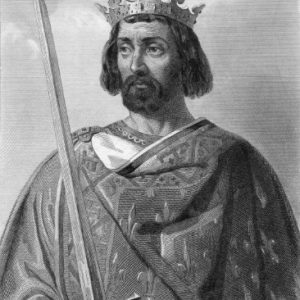 |
After the defeat of Corradinius of Swabia, In a letter sent to the executioner of the Principality and Beneventana in 1279, King Charles I evokes unknown events that occurred in today’s lower Cilento at that time. From this letter we learn of knights with a local predicate, so it is to be assumed that Tortorella was already flourishing in the Norman era. Charles of Anjou reports in his letter that a group of soldiers from the Land of Tortorella, at the time of the last enemy raids in the Kingdom, took Corradino’s side. The aforementioned went to meet the imperial vessel. Received the survivors as captains, they were taken to the Feud of Tortorella and the administration and government of the University was entrusted in their hands. At the arrival of Corradino they then held solemn and public feasts. After the defeat of Corradino, King Charles ordered Ruggiero Sanseverino, Count of Marsico to have the soldiers of Tortorella arrested, who had already escaped to safety. The King, therefore, had ordered to destroy their houses, uproot their vineyards, destroy the crops and give their goods in administration. |
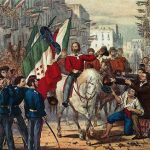
|
At the beginning of the nineteenth century, with the Napoleonic epic there was the abolition of the feudal regime. In 1810 the tyrannical family of the Marquis Carafa, who had been managing Tortorella since 1600, left the town. The uprisings that characterized Cilento in the Bourbon period found no support in Tortorella. The strong political administration, firmly managed by the nobles and the clergy, left no room for popular uprisings. Tortorella therefore did not participate in the uprising in Cilento of 1828, led by Antonio De Luca, nor to the revolt of 1848. Accepting the state of things, due to a lack of confidence in changes, contributed to the defeat of Pisacane’s attempt to revive the populations of Cilento. Those who survived this clash, including Pisacane, perished in the attack near Sanza. In the late afternoon of June 29, a group of rioters had tried to penetrate Tortorella. The attack was repulsed by the City Guards. Tortorella had at its disposal an efficient defensive system based on imposing walls and numerous watchtowers. |
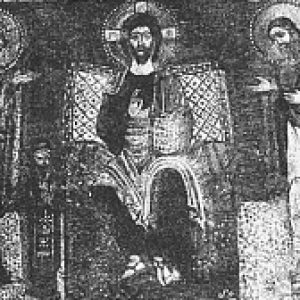 |
According to the Lucan oral tradition from the ancient Roman colony Blanda, in Calabria, destroyed by an invasion of large black ants, Tortora, Tortorella and Battaglia originated. The cenobies therefore represented a pole of aggregation for the surrounding populations. In the mid-10th century, many monasteries, like many countries, were already established. Of the original nucleus built on the Tortorella hill, near the pass of Mount Cocuzzo, along the caravan route to the Ionian Sea, the name is unknown and little information is available. Certainly the arrival of the Italo-Greek monks and the natives of Blanda contributed decisively to its development and affirmation in the Cilento area. Starting from this period this center will take the name of Tortorella. |
 |
The Feud of Tortorella was owned by Almirante Ruggero, Baron of Lauria subsequently by Venceslao Sanseverino, Count of Lauria. In 1463 Tortorella was administered by Barnaba Sanseverino, Duke of Scalea, and later by Guglielmo Sanseverino, Count of Capaccio. The Feud then passed to Isabella Caracciolo, wife of Ferrante Spinelli, Duke of Castrovillari. It was bought by Troiano Spinelli, who in 1555 sold it to Giovanni and Cesare Ricca. From these Tortorella was sold again to Troiano Spinelli, and in 1564 it was bought by Scipione Offerto. In 1569 Francesco Alderisio acquired the Feudo. In 1600, due to the marriage of the only heir of the Alderisio, ND Vittoria Alderisio, with GB Carafa Stadera, Tortorella passed to the Carafa family, who ruled it up to the princes of 1800. |
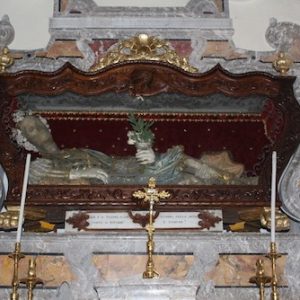 |
In 1769 the concession by the Apostolic See of outstanding relics of a martyr of the Christian faith to our parish arrives. On 27 October of the same year the Holy Body of San Felice was handed over to the Clergy of Tortorella. The precious relics, preserved for centuries in the catacombs of Santa Ciriaca of the alma Roma, were granted by Pope Clement XIV to the Chaplaincy of San Bernardino of the Collegiate Church of Tortorella. The holy body of the glorious martyr was brought from Villammare, via contrada Vallina, to Tortorella on 27 October 1769. |
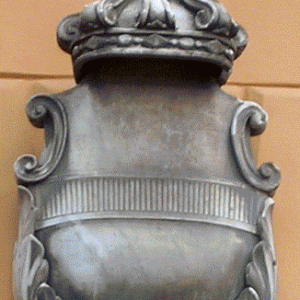 |
The two main families are the Alderisio and the De Ricca. Their properties, similarly to what was described, were constantly changing. But in the Cilento context we were in the presence of a general character of the local economy in which it was not possible to make an artificial distinction between the peasant sphere and the aristocratic sphere. The mobility of the land in the Lower Cilento was the sign of its economic rigidity, and of the not yet occurred penetration into the landed properties of modern mercantile capital. The only great fief in the region was the quod dicitur lo Farneto fiefdom, belonging to Margherita di Sanseverino, countess of Capaccio. |
Accessibility Tools